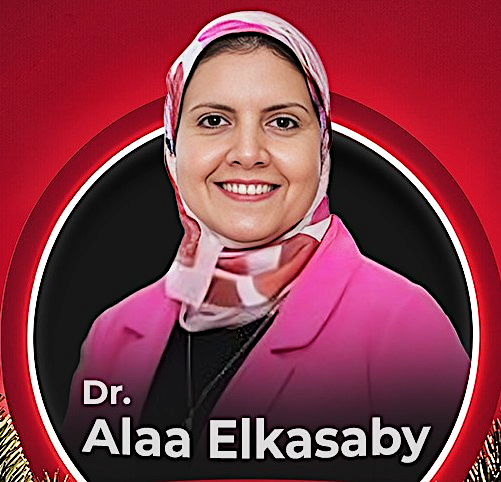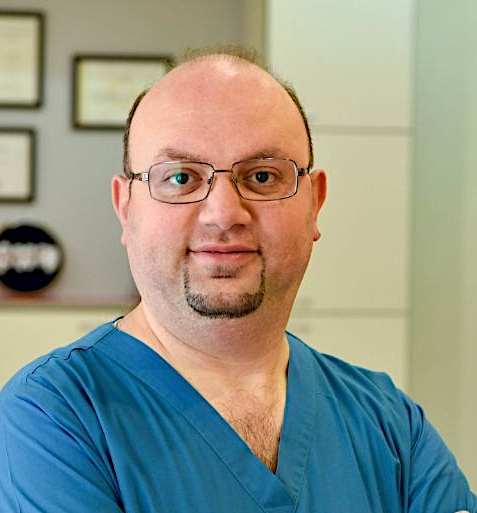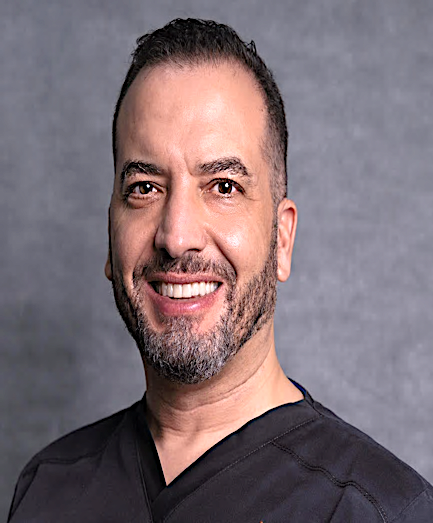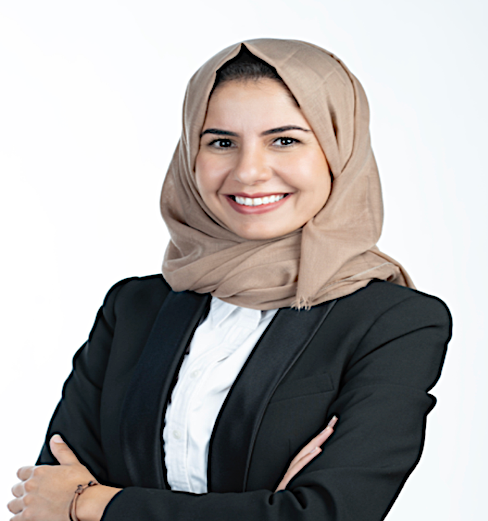Diagnosis & Tx Planning
Day3
Friday 19th Sept
02:00-04:00
Title: Revolutionizing Class III Treatment in adolescents: Alt RAMEC and Facemask Synergy
Time: 02:00 - 02:30
Speaker: Dr. Hanan AlHabarne

Title: Adjunctive Orthodontic Treatment: Bridging Esthetics and Function
Time: 02:30 - 03:00
Speaker: Dr Mohammad Muhaidat

Title: Digital orthodontic appliances: unveiling the possibilities
Time: 03:00 - 03:30
Speaker: Dr. Alaa’ AlKasabi

Title: Shape Memory Aligners or Thermoformed Aligners?
Time: 03:30 -04:00
Speaker: Dr Mahmoud AlBarazi


- Orthodontic Senior Specialist at Royal Jordanian Medical Services (2017 – Present)
- Scientific committee member of Jordanian Orthodontic Society
- Orthodontic Resident at Royal Jordanian Medical Services (2014 – 2017).
- Doctor of Dental Surgery from University of Jordan.
- Jordanian Board in Orthodontics from Jordanian Medical Council (2017)
- Membership of Faculty of Dentistry of Royal College of Surgeons Ireland (2015).

- Senior Orthodontic Specialist Royal Medical Services, Jordan.
- BDS, Jordan University of Science and Technology, 2008
- Jordanian Board in Orthodontics, 2016
- Member, Jordanian Orthodontics Society (JOS)

- Doctor degree of dentistry, Mansoura University, Egypt.
- Master of Dental Science in Orthodontics, Mansoura University, Egypt.
- Diploma in Health Care Quality Management, Cambridge Training College-Britain.
- Lecturer of Orthodontics at Faculty of Dentistry, Delta University for Science and Technology.

- CES in Orthodontics, Paris V University, France 2004
- DIU in Orthodontics, France 2004
- CES in Dental Biomaterials, Paris V University, France 2003
- DDS, Aleppo University 2001
- Lecturer, Faculty of Dentistry, Aleppo University (2007–2019)
- Private Practice using digital orthodontics since 2018
- First provider of SMA (Shape Memory Aligners) in Syria.

- Consultant Orthodontist.
- Doctor of dental medicine degree from the University of Pittsburgh, USA.
- Master of science in Human Genetics from the University of Pittsburgh.
- BDS from Benghazi University.
- MSD from the University of Colorado.
- He is a certified Diplomate in the American Board of Orthodontics.
- He served on the faculty at the University of Pittsburgh.
- Assistant Professor of Orthodontics and Clinic Director at the European University College, Dubai.
- He is a UAE Ambassador for the American Association of Orthodontists.
- He is an Invisalign Diamond Provider.

- Orthodontist at Platinum Medical Center, Doha, Qatar.
- Training at Royal United Hospitals, United Kingdom.
- General Practitioner at Platinum Dental Center, Qatar.
- Part-time Lecturer, University of Qatar.
- Jordanian Board in Orthodontics.
- Orthodontic Master degree from University of Bristol, United Kingdom.
- Member of Royal College of Surgeons – M. Orth (England), M. Orth (Edinburgh) and MFDS (Ireland).
- Bachelor Degree in Dental Surgery from Jordan University of Science & Technology, Jordan.